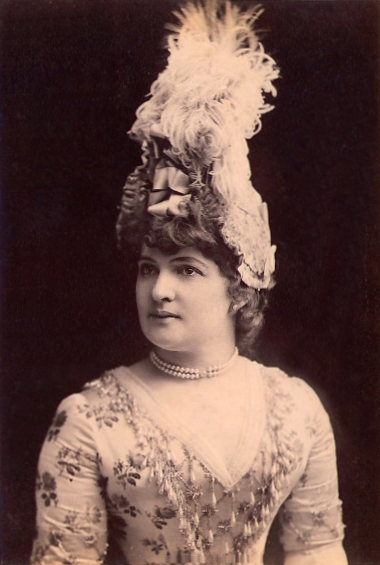It’s always sad to let a series go, but I’m delighted to send off Frontier Bachelors, and my time with Love Inspired Historical, with the story of Beth Wallin. Spunky Beth has cheered her brothers on, and kicked them in the behind, while they courted and married. Those of you who have been following the books may have noticed, however, that Beth has a secret. She’s been reacting strangely the last couple of books to her long-time crush, Deputy Hart McCormick. Here’s why:
She’d just turned one-and-twenty and had filed for her claim. That was what was expected of her, choosing one hundred and sixty acres that would augment the town her family was building at the northern end of Lake Union. She was proud to do it.
She was too proud.
She saw that now. A young lady on the frontier might accomplish much at such an important age—file for her own claim, pursue a career.
She didn’t have to look far. She’d admired Deputy Sheriff Hart McCormick since she was fourteen and he’d ridden out to Wallin Landing the first time. Tall, handsome, worldly even at the age of four-and-twenty then, he’d been the embodiment of the heroes in the romantic adventure novels their father had left her and her brothers. He was the knight Ivanhoe, fighting to save England; the dashing John Alden petitioning the fair Priscilla Mullins to wed. She’d smiled and primped and giggled at him every time he came near. He never seemed to notice.
But when she turned one-and-twenty, she became determined to make him notice. She was certain God had a plan for her life, and it included Hart McCormick. She just needed to give God a little help in moving things along.
She’d dressed in her best gown, a vivid blue with white piping, styled her pale blond curls to spill down behind her. She’d borrowed her brother James’s famous steel dusts and driven the horses in to Seattle to tell Hart how she felt. It hadn’t been hard to locate him. Then as now, Seattle consisted of a few business streets hugging the shoreline with residences and churches on the hillside above, backed by the forest from which they’d been carved. She could scarcely breathe when he’d agreed to walk with her. They’d passed the Brown Church when she’d stopped him, gazing up into his dark eyes.
“I admire you far more than any lady should,” she’d said, voice ringing in her ears. “I don’t suppose you might feel the same.”
He’d gazed down at her a moment, and she’d thought she would slide into the mud of the street, her bones had turned so liquid. She waited for his gaze to warm, his arms to go about her, his lips to profess his undying devotion. That was what happened in her father’s novels. That was the way she’d always dreamed it would be for her.
He’d tipped his black hat to her instead. “That’s mighty kind of you to say, Miss Wallin. But I have no interest in courting you. Best you go on home now.”
Oh!
So, you can imagine Beth’s chagrin when the most important ladies in Seattle seek her out for her matchmaking skills and ask her to find Hart McCormick a bride.
Hart also has a secret, one that keeps him from ever giving his heart again. He may be Beth’s first matchmaking miss, unless they can both admit that she just might be his perfect match.
You can find Frontier Matchmaker Bride in print and e-book at fine retailers such as
































